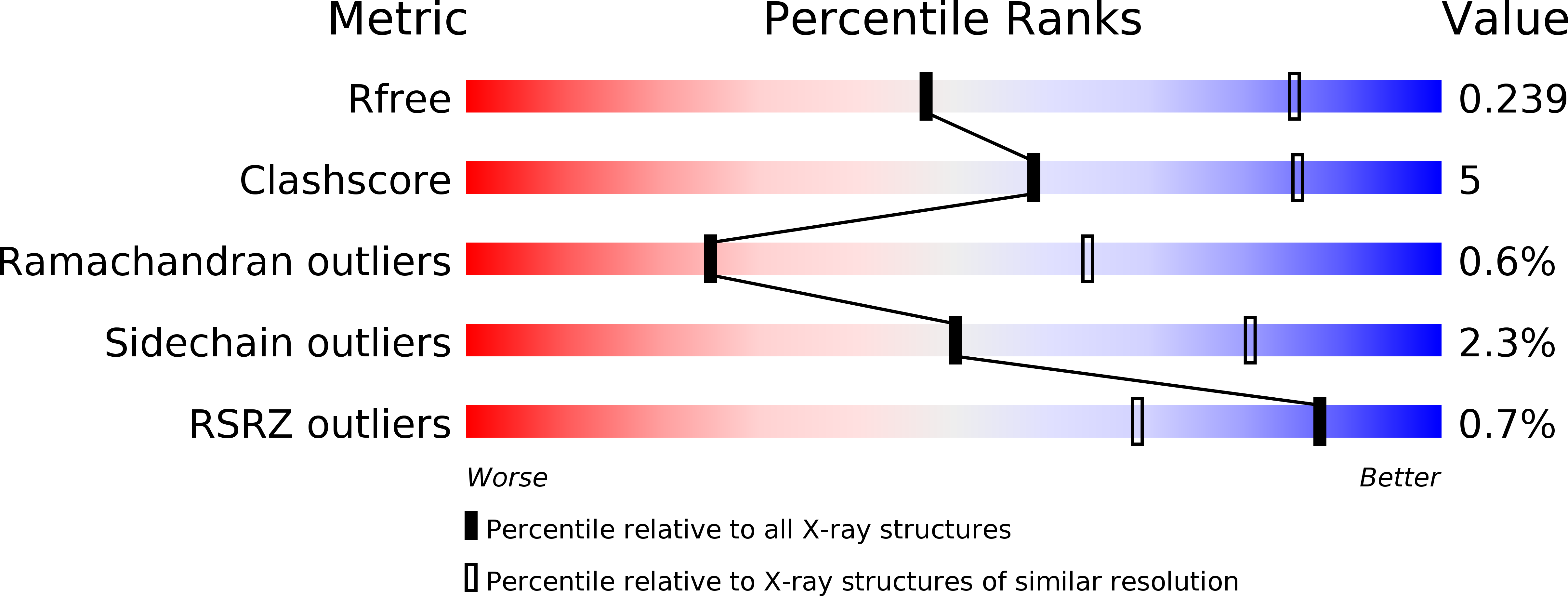
Deposition Date
2018-02-13
Release Date
2018-08-22
Last Version Date
2024-10-23
Entry Detail
PDB ID:
6FQB
Keywords:
Title:
MurT/GatD peptidoglycan amidotransferase complex from Streptococcus pneumoniae R6
Biological Source:
Source Organism:
Streptococcus pneumoniae (Taxon ID: 1313)
Host Organism:
Method Details:
Experimental Method:
Resolution:
3.00 Å
R-Value Free:
0.22
R-Value Work:
0.18
R-Value Observed:
0.19
Space Group:
H 3


